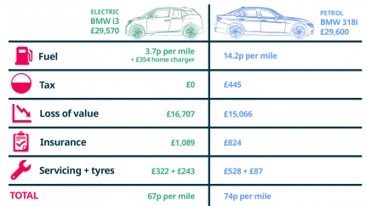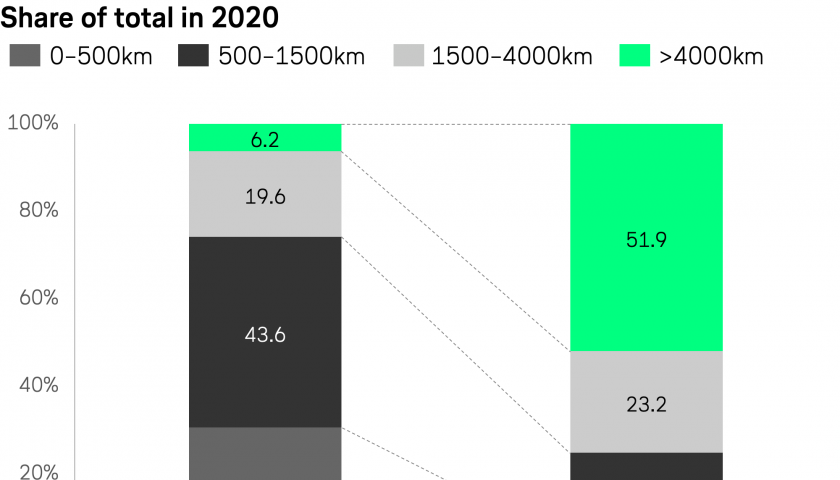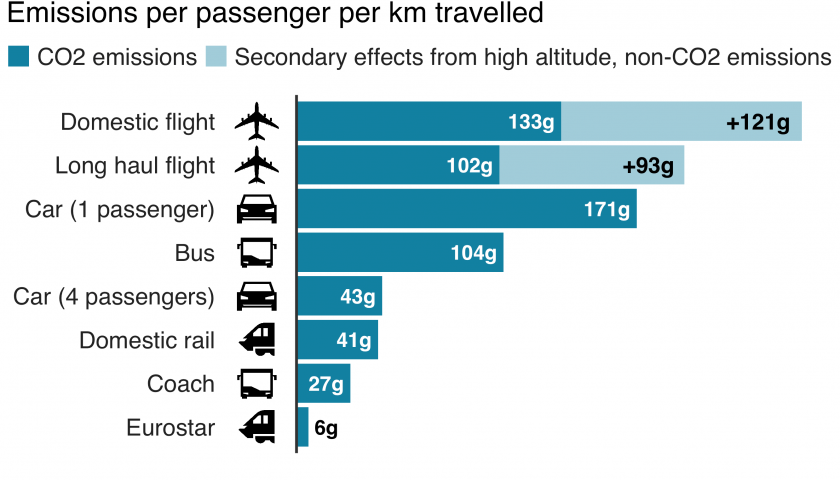The way we get about has a major impact on our footprint, and we need to make changes to our lifestyle to ensure that we eliminate our dependence on oil and fossil fuel from transport and travel
Active Travel
The sustainable travel hierarchy is a useful tool to help you think about improving the impact of your journeys. The higher up the hierarchy, the more sustainable and greener the travel option. The most sustainable option is walking where the only resource required is you, followed by cycling which requires some equipment. Along with wheeling (the term used for wheelchair users), these methods are classed as active travel.

Bicycles
- Cycling is a zero carbon form of transport and 70 times more energy efficient than the average car. Pedal power!
- Cycling builds muscle and is linked to improved heart and lung capacity.
- In towns and cities, cycling can save time as you filter through the traffic and avoid the queues.
- The UK Government has allocated £2 billion toward walking and cycling infrastructure, meaning cycling routes and accessibility are expected to improve.
If you want to purchase a bike or cargo bike, why not look in your area for community groups offering reconditioned bikes to even further save your carbon footprint? Alternatively, you may wish to purchase a bike via your employer’s ‘Cycle to Work scheme.
Go Electric
If you need some assistance with your cycling, why not go electric? E-bikes and e-cargo bikes have an electric motor and battery to help you cover longer journeys more easily than on a conventional cycle. Ebikes and Ecargo bikes have grown in popularity in recent years, it’s likely you have seen them in your local area and not noticed the difference.
E-bikes and e-cargo bikes:
- Are ideal for anyone who might find cycling physically challenging – e-bikes are 22% less physically demanding than regular bikes, but still allows the rider to be active.
- Provide between 25–100 miles of pedalling enhancement on a single charge.
- Give you an extra boost to cover those long journeys or big hills.
- Emit 144 times less CO2 per mile than the average petrol or diesel car (recharging battery)
Cars – Switch to Electric or Hybrid
Today we use our cars freely for short or long journeys. Most cars are powered today by either petrol or diesel. The alternative is either to use a “Hybrid Car”, which uses a mixture of carbon fuels and electricity, or a “pure” Electric Vehicle (EV). The major constraints on EVs are the availability of charging points and the distance which they can travel on one charge (between 200 and 250 miles). But the cost comparisons between a petrol car and an EV as provided by Thatcham Research show that the total cost per mile is cheaper for an EV.
 Source: Thatcham Research, KeeResources & manufacturer data. i3 cost includes government grant
Source: Thatcham Research, KeeResources & manufacturer data. i3 cost includes government grant
Pros and Cons of a Hybrid Car v Electric Car
Hybrid vehicles are more sustainable than conventional cars because they are partially electric. The average fossil-fuel-reliant car releases about 4.6 tonnes of carbon dioxide annually. Hybrids only emit a portion of the petrol or diesel-related emissions when charged with renewable energy sources.
Solar and wind power create zero emissions when producing and distributing electricity. Consumers who charge their hybrid with clean energy can further enhance its sustainability.
A significant benefit of hybrid cars is the reduction in “range anxiety.” Electric vehicles are relatively new, and charging station limitations can decrease transportation efficiency. Hybrid drivers can rely on their petrol tanks as backup support when electric charging stations are out of range. An electric car’s average charging distance is around 200-250 miles.
Hybrids also require less maintenance, helping a driver save money over time. Using partial electricity decreases regular wear and tear on an engine, allowing an individual to travel for longer without requiring servicing.
You should also note that the “embedded carbon ” for a new electric vehicle is around 11 tonnes of CO2 eq. So you should not necessarily be in a hurry to dump your current fossil-fuel car.
Buying a new car?
If you are considering buying an electric vehicle, then this site can help you compare electric vehicles so you can find the right model for you. it allows you to search by different types like Small Family or Large Family car and gives details on the range of journey, time to charge the car, and the CO2 emissions for the vehicle.
Note: if viewing on a mobile device please swipe left to see the full table.
Planes v Trains
Planes are especially high contributors to the output of Carbon Dioxide and other greenhouse gases. They also cause problems with the gases they emit at high altitudes.
People often think that travelling in Europe is much faster if you travel by plane. But in fact, with delays in security and passport control, the difference may not be so great. But when you look at the impact of train v plane in terms of carbon emissions, it must make sense to use the train more often. The following table compares:

You can make a major difference in harmful greenhouse gas emissions if you avoid long-haul flights. It is estimated that Long-haul air services departing European airports accounted for more than half of CO2 emissions from all operations in 2020 while making up just 6% of flights, as the following chart from Euro control shows:

The following table compares the amount of CO2 equivalent gas emitted per kilometre and shows how damaging international long-haul travel is:

You do not have to stop seeing the family in Australia but think twice about travelling long-haul to various places around the world. And if it is potentially on business, then would it be better (for the body and the planet) to have a meeting over the Internet? So you really need to meet in person? Note that when you fly, then the emission of aviation fuel at high altitudes causes further problems, which is the light blue line in the chart above.
Transport Emissions calculator
You can enter into the following spreadsheet a journey with the distances for the different forms of travel and calculate your emissions for the different types of transport.
HYDROGEN
At present, the alternative fuel for cars is viewed as being electric. Having buses and lorries, though, driven by electricity is possible, but going to be difficult, for all sorts of reasons. The other potential fuel is hydrogen, and there is active research and development on the use of hydrogen for cars, lorries, buses and indeed aircraft.
Heavy Goods Vehicles are much less suited to electrification because heavy loads over long distances would require very large batteries. But the development will require careful research on how to protect against accidents. The infrastructure for filling up with hydrogen will need to be created. Currently, the distance that can be travelled on a tankful is around 250 miles, although Tesla has developed lorries which can go for between 300 and 500 miles.
In 2021, the Government launched the ‘Bus Back Better’ strategy, which commits to 4,000 new zero-emissions buses, which is more than a tenth of the fleet, backed by £120m and a place-based approach to infrastructure and vehicles. Coinciding with this, a consultation on the end of new diesel bus sales has been published to ‘drive forward the decarbonisation of public transport. In addition, the London Mayor has set a target for all 9,200 buses across London to be zero emissions by 2037, including electric and hydrogen buses.
There is early work going on on the development of hydrogen for ships and planes. in 2020 Airbus revealed three concepts for the world’s first zero-emission commercial aircraft which could enter service by 2035. These concepts each represent a different approach to achieving zero-emission flight, exploring various technology pathways and aerodynamic configurations in order to support the company’s ambition of leading the way in the decarbonisation of the entire aviation industry.
Read this useful article if you want further background: